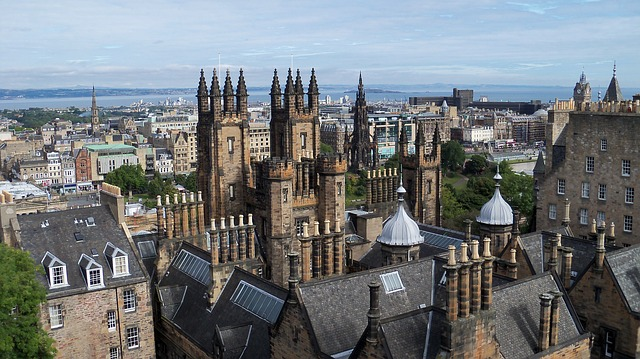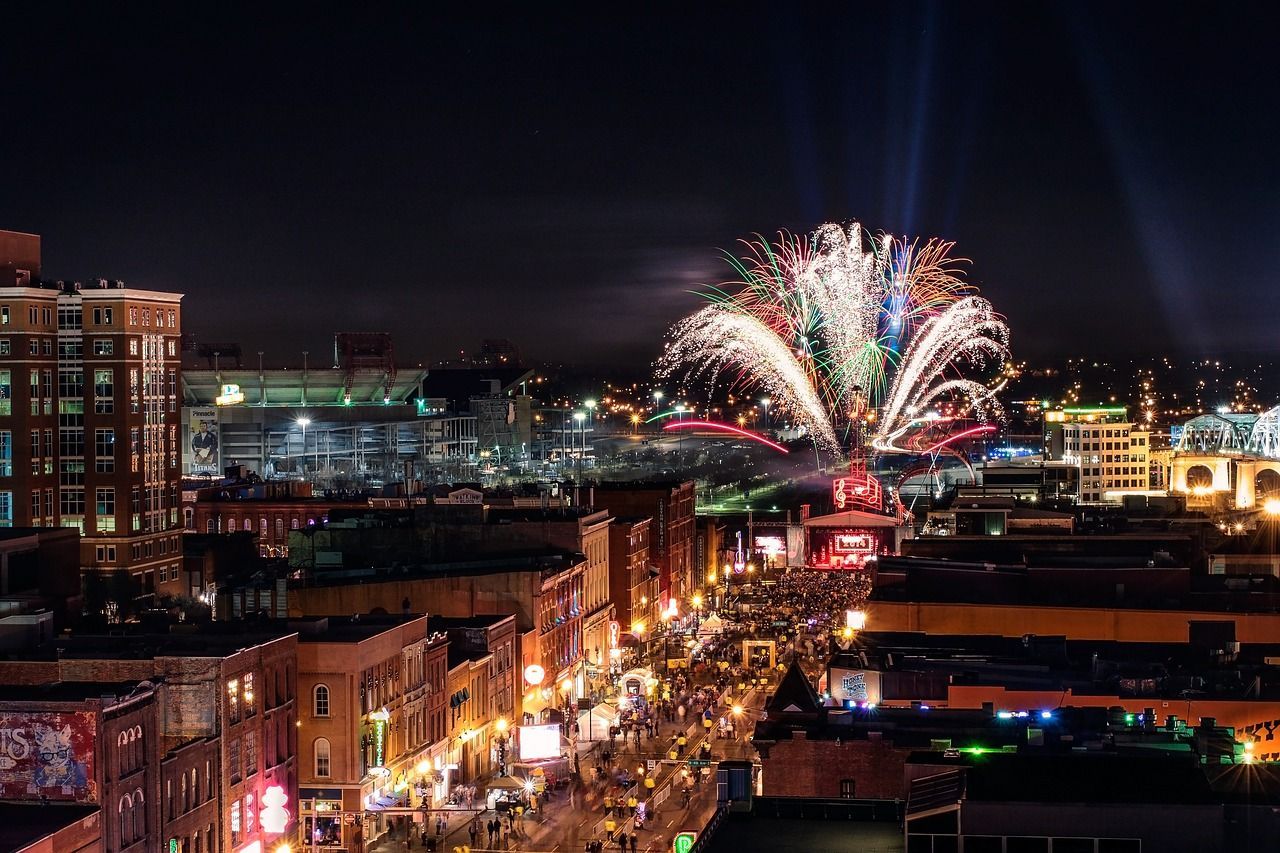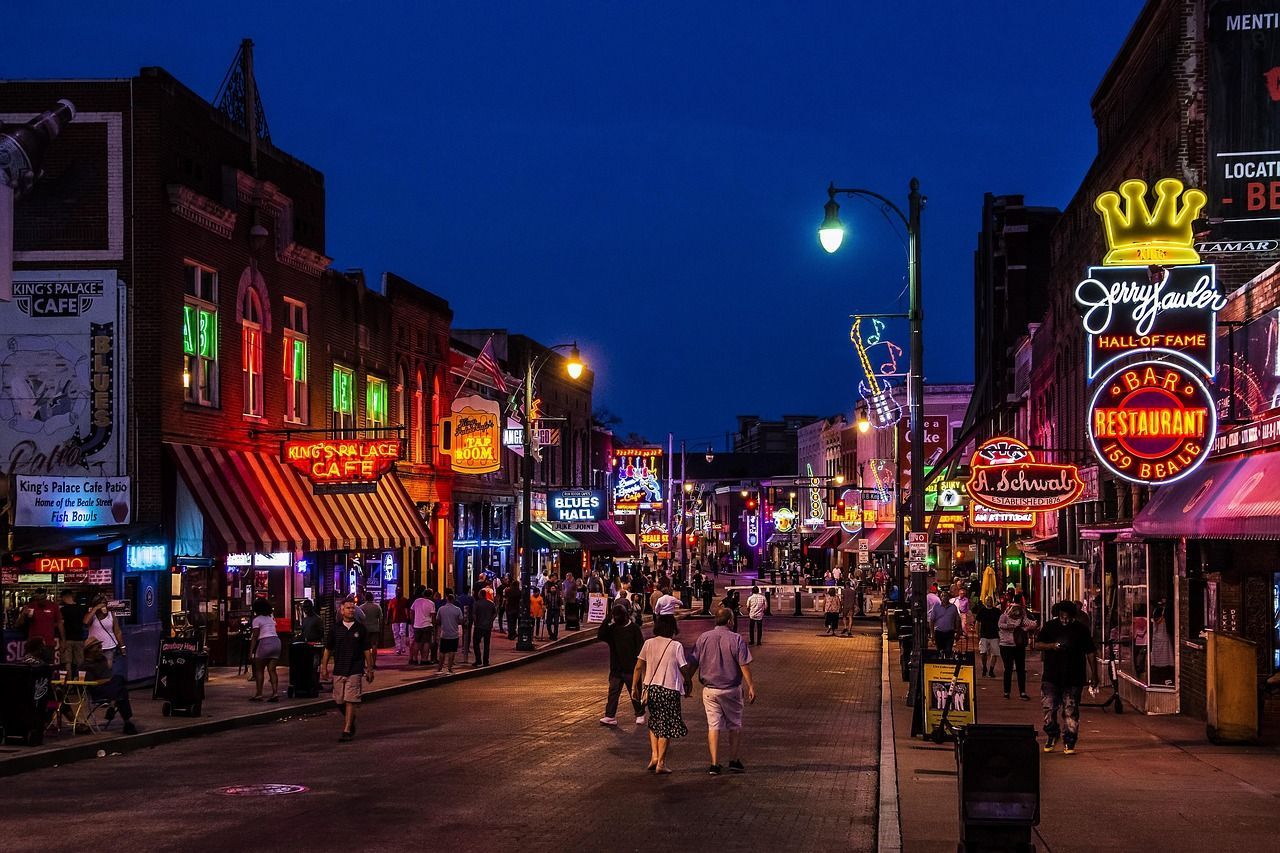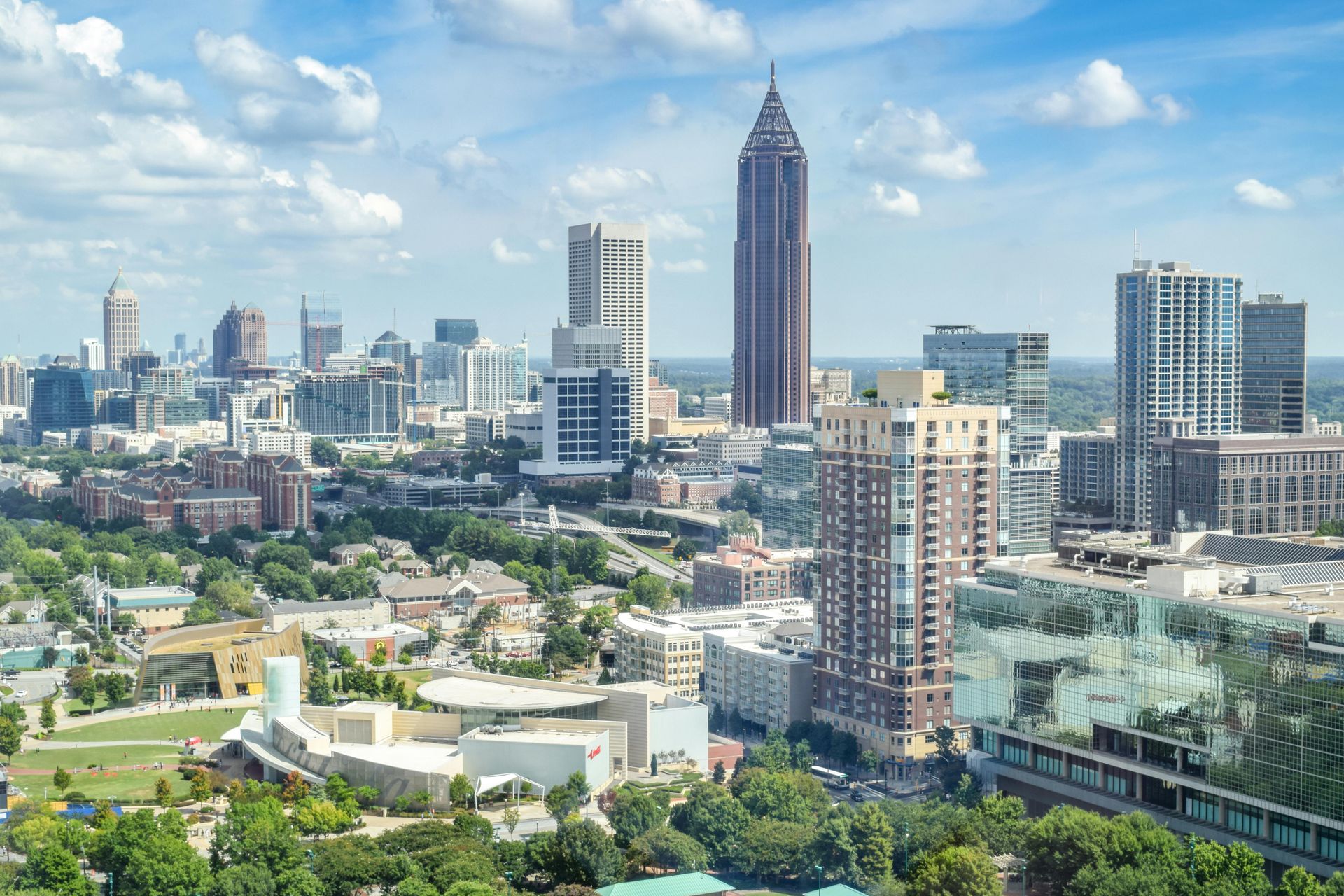As one of the most historic cities in the United Kingdom, narrowing down the 10 best things to do in Edinburgh can be quite the challenge.
From history and culture to natural beauty and regional delicacies, Edinburgh has an incredibly large and diverse range of attractions to offer visitors.
That is why we have compiled the following list of what we feel are the cream of the crop of things to do and see while in Edinburgh. Our list features only the attractions that offer maximum value for your time and experiences that you simply cannot miss on a trip to the city.
So, if you need a little help filling out your Edinburgh itinerary, to ensure your trip is perfect from start to finish, I highly recommend reading on.
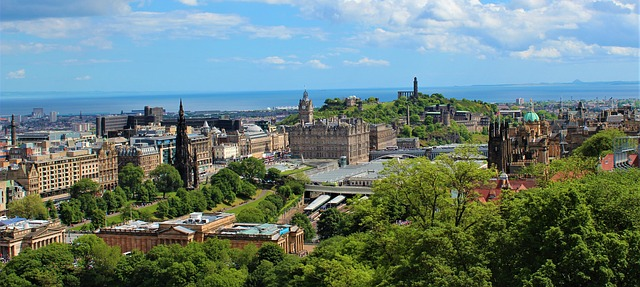
Edinburgh At A Glance
Edinburgh is the capital and second most populous city in Scotland, as well as the seventh most populous in the United Kingdom. Founded by the 7th century AD at the latest, it has been the most important city in Scotland since the 15th century.
With around 5 million visitors each year, Edinburgh is the second most popular tourist destination in the United Kingdom, behind only London.
This is largely due to a rich number of historical, political, and natural attractions, which make it a perfect representation of everything Scotland is known for.
The entirety of the Old Town and New Town of Edinburgh are listed as a UNESCO World Heritage Site, which should give a clear indication of the breadth of the sights on offer in the city.
Located on the southern shore of the Firth Of Forth and surrounded by hills, cliffs, and lochs, Edinburgh provides the perfect opportunity to experience both the Scottish countryside and city life in equal measure.
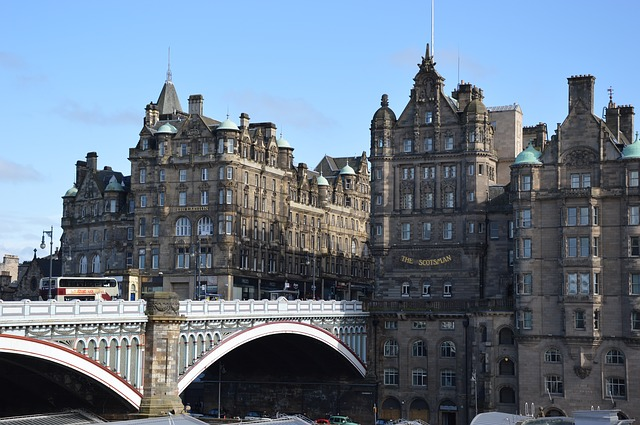
Best Time To Visit Edinburgh
The best time to visit Edinburgh is during August and into the early part of September. The best time to visit the city is a little hard to pinpoint in Edinburgh, as it is cold for much of the year and features heavy rain during most of the months when it isn’t.
While the period from the start of August to early September isn’t perfect, it does provide the best conditions you are likely to experience in the city when everything is taken into account.
For those that can’t make their trip during this period, there is usually a similar stretch in mid to late June. However, this window is both quite short and a little more challenging to predict.
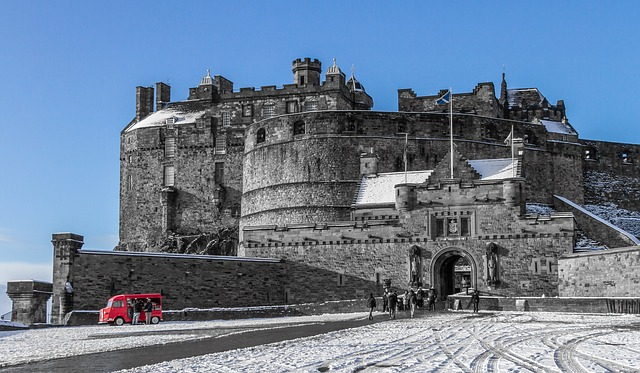
Best Things To Do In Edinburgh
As we move on to our list of the 10 best things to do in Edinburgh, I am going to suggest a broad range of options.
These will include things to appeal to travellers of all different interests, while ensuring you have something to cover everything that Edinburgh is known for.
Explore One Of Scotland’s Oldest Remaining Structures At Edinburgh Castle
Edinburgh Castle is a historic castle that sits atop Castle Rock, overlooking the rest of the city. While the exact date of its construction is unknown, it dates to at least the early 12th century, during the reign of David I.
One of the most important strongholds in the historic Kingdom Of Scotland, the castle has been used in numerous battles through the years. This has led to many portions of the fortress having been destroyed, rebuilt, and expanded multiple times.
Visitors will find a location that demonstrates the evolution of Scotland during the ages.
Among the sights you will find within the castle’s walls are military buildings, palaces, towers, great halls, batteries, squares, portcullis gates, and even St Margaret’s Chapel, the oldest building in Scotland.
Home to attractions like the National War Museum Of Scotland, Scotland’s Crown Jewels, and a variety of military displays, while offering rich history and stunning views of Edinburgh, Edinburgh Castle is a location not to be missed on any trip to the city.
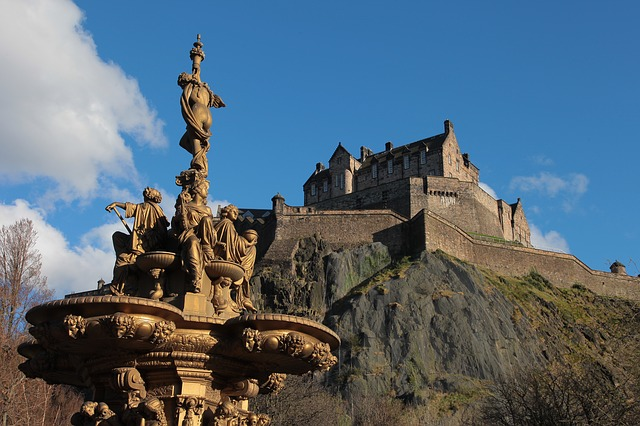
Delve Into History At The National Museum of Scotland
The National Museum Of Scotland was founded in 2006 when the Museum Of Scotland merged with the neighbouring Royal Scottish Museum.
The buildings are connected, allowing visitors to explore the entire museum without venturing outside, yet each retains its own distinctive architecture.
The former Royal Scottish Museum displays its elegant, Venetian Renaissance façade, while the Museum Of Scotland side is distinctly more modern. This allows the museum itself to operate as a demonstration of the changing architectural styles in the city.
Overall, the National Museum Of Scotland houses thousands of artefacts and exhibits, split up into various galleries and wings.
Among the collections, you will find pieces covering topics including archaeology, art, ancient civilisations, natural history, science, technology, and world culture, as well as Scottish antiquities, culture, and history.
A free to visit museum, it is one of the most exciting and important attractions in all of Edinburgh. This explains why it is the most visited tourist attraction in Scotland, with an average of more than 2 million visitors each year.
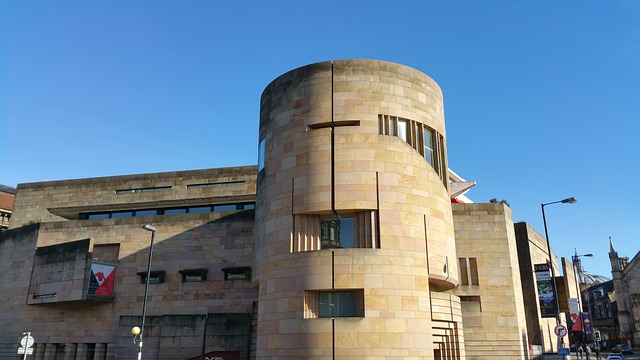
Learn About The British Monarchy In Scotland At The Palace of Holyroodhouse
Also known simply as both Holyroodhouse and Holyrood Palace, the Palace Of Holyrood House is the official Scottish residence of the reigning British monarch. Designed using Classical architecture, the palace is one of the grandest buildings in all of Edinburgh.
Built at the opposite end of the Royal Mile to Edinburgh Castle, on the former site of Holyrood Abbey, it has served its current purpose since its construction in the 17th century. Parts of the palace even predate this, with one of the towers having been erected as early as 1528.
The Queen and many other members of the British royal family all have private apartments inside the palace, which are sealed off from visitors.
However, there are 17 rooms that are open for tours, including 16th and 17th century state apartments, the James V Tower, and The Great Gallery.
Each of these is filled with antique furniture, works of art, and historic artefacts, which are a perfect attraction for fans of both Scottish history and the British monarchy.
Visitors also have the grounds to explore, which boast stunning features like ornamental gardens and bath houses.
The Queen herself is guaranteed to stay here for at least one week each summer, which is known locally as Royal Week.
This makes it an especially opportune time to visit for any royalists hoping to catch a glimpse of the monarch and add something a little special to their visit

Roam And Relax In Holyrood Park
Also known as either King’s Park or Queen’s Park, depending on the current monarch, Holyrood Park is a massive royal park covering 650 acres in the heart of Edinburgh.
Originally a hunting estate for the nearby Palace Of Holyroodhouse, it was converted into a park and opened to the public in 1541.
It is a fabulous opportunity to take a break from the urban press of the city for a while and enjoy features synonymous with the Scottish countryside, such as bogs, cliffs, glens, hills, knowes, ridges, and iconic plants like gorse and thistle.
Among the most popular natural attractions in the park, you have three lochs, Duddingston Loch, Dunsapie Loch, and St Margaret’s Loch, two wells, St Anthony’s Well and St Margaret’s Well, and famous stretches of cliffs known as the Salisbury Crags and Samson’s Ribs.
There is also an ancient volcano known as Arthur’s Seat. Mythology fans will be sure to want to visit this, as it is one of the more frequently mentioned possible locations for the legendary city of Camelot, the home of King Arthur and his Knights Of The Round Table.
There are even man-made attractions to be found as well. The Saint Anthony’s Chapel ruins and Muschat’s Cairn give you a better understanding of human activity in the park through the ages.
Queen’s Drive is the main road in the area and runs through the heart of Holyrood Park. Whether you are looking for a scenic drive, a stroll in the countryside, or simply a little time relaxing in nature, there isn’t a better option anywhere in Edinburgh than right here.

Take In Some Maritime History And Entertainment On The Royal Yacht Britannia
The Royal Yacht Britannia was the last royal yacht of the British monarchy, which was in service from 1954 to 1997.
Since being retired, it has been permanently moored in the Historic Port Of Leith and become an immensely popular tourist attraction, drawing more than 300,000 visitors each year.
Listed as part of the National Historic Fleet, visitors can use it to learn about both the British royal family and their maritime efforts.
There are even unique sights to see, such as all the clocks on board being permanently set to 03:01, which was the final time the Queen disembarked the vessel.
Aside from tourism, the Royal Yacht Britannia is also among the most popular venues in the United Kingdom for evening events such as galas and royal or celebrity birthday parties.
While these events are extremely exclusive, they are a once in a lifetime experience if you can manage to get an invite.
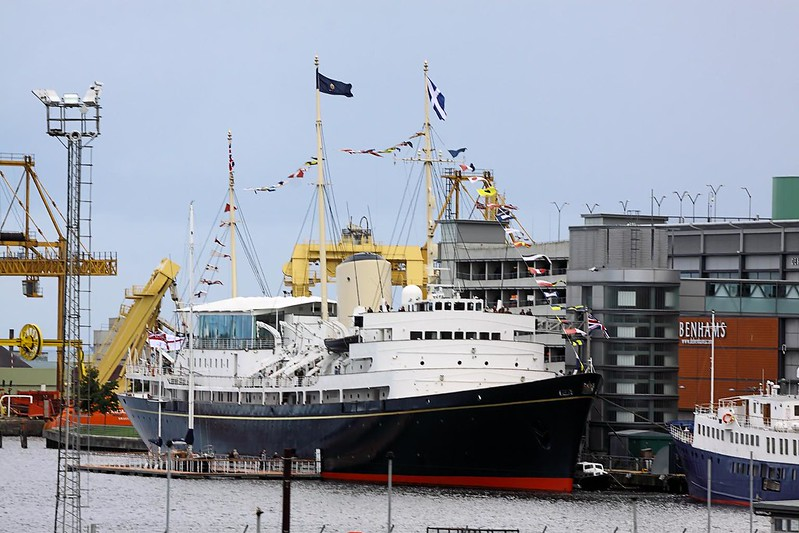
Enjoy A Stroll To The Top Of Calton Hill
Calton Hill is a UNESCO World Heritage Site that is home to the Scottish Parliament Building and the headquarters of the Scottish Government. This makes it an absolute must visit location for anyone interested in Scottish politics.
That is far from the only reason it is a popular attraction though. For starters, its hilltop location makes it ideal for anyone looking to take in some stunning panoramic vistas of the city.
It is also littered with notable monuments and buildings, including the City Observatory, Dugald Stewart Monument, Nelson Monument, National Monument Of Scotland, Old Royal High School, Political Martyrs’ Monument, Portuguese Canon, and Robert Burns Monument.
All of this combines to make Calton Hill one of the most photographed areas in all of Edinburgh, as well as one of the most interesting and beautiful places to visit.

Discover The Real Mary King’s Close
The Real Mary King’s Close is a preserved Medieval close, hidden beneath the Royal Mile in the historic Old Town section of the city.
Named after local merchant Mary King, who lived in the close during the 17th century, it was sealed off to quarantine people infected with the Black Plague.
Partially buried during the construction of the Royal Exchange in the 18th century, the close was closed off to the public for decades. During that time, tales, myths, and legends of everything from ghosts to murderers in the close became rife.
Now reopened to the public, it is a popular destination for tourists looking to explore the more morbid side of Edinburgh, as well as any paranormal enthusiasts who are looking to try and uncover the origins of the many tales for themselves.
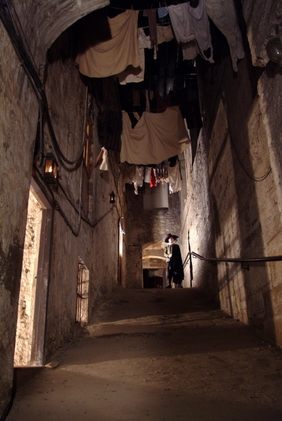
Marvel At The Beauty Of St Giles’ Cathedral
The St Giles’ Cathedral, also known as the High Kirk Of Edinburgh, is a parish church located in Edinburgh’s historic Old Town.
The building and its Gothic façade are among the most iconic sights in the entire city, as well as being one of the most important Medieval parishes in all of Scotland.
Built on the site of the original 12th century church of the same name, construction on the current building began in the 14th century. It was eventually completed in the 16th century, although extensive alterations and extensions were made in both the 19th and 20th centuries.
Throughout the ages, St Giles’ Cathedral has been the site for many of the most significant national events in Scotland. This includes everything from religious and political events to the services of the Order Of The Thistle.
Each year, more than 1 million visitors come to visit the cathedral and take in its majestic beauty.
Features including stained glass windows, carvings, monuments, and works of art combine with its stunning architecture to make St Giles’ Cathedral one of the most visually pleasing sights you’ll see.
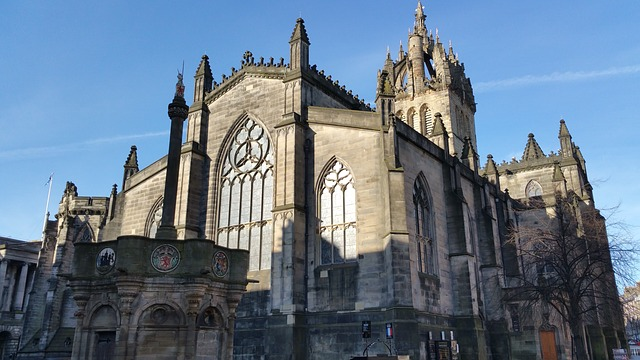
Sample Some Local Vintages In The Scotch Whisky Experience
There may not be anything as synonymous with Scotland as Scotch whiskey, and Edinburgh’s Scotch Whiskey Experience is the perfect place to indulge in this most Scottish of beverages yourself.
Located in the historic Old Town section of the city, the Scotch Whiskey Experience opened in 1988 in a building that was formerly a school.
Visitors have the opportunity to take tours of the facility, where they can receive tutoring and get some hands on experience of the whiskey making process.
When you’re done learning, there are also attractions such as barrel rides to enjoy and sights like the worlds largest collection of Scotch and largest individual bottle of whisky to see.
Of course, no trip would be complete without sampling some of the vintages for yourself, which you can do in the Amber Restaurant & Whisky Bar.
There is also a shop on site, where you can pick up souvenirs of your day or bottles of your favourite Scotch to take home with you.
With more than 300,000 annual visitors, it has won countless awards ranking it among the most popular attractions in Scotland.
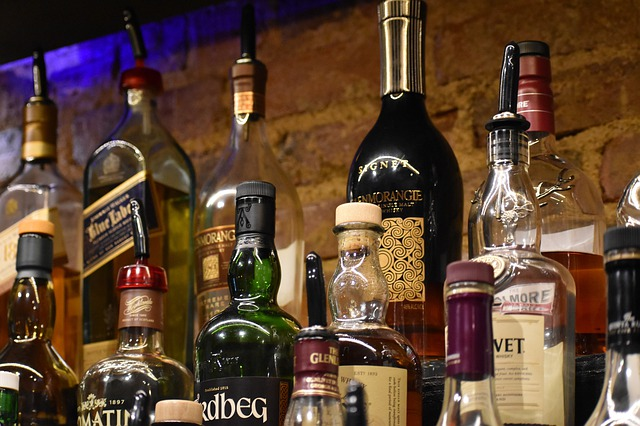
Visit The Ruins Of Craigmillar Castle
Craigmillar Castle is a 14th century Medieval castle, located just to the south of the Craigmillar area of the city. While the majority of the castle lays in ruins, it is still considered among the best preserved Medieval castles in all of Scotland.
A residence of barons and lords from its creation until the 18th century, legendary figures like Mary, Queen Of Scots have stayed here through the centuries.
Since being abandoned in the 18th century, it has been taken over by Historic Environment Scotland and listed as a scheduled monument. Despite its ruined status, features including the keep, chapel, dovecote, and fortified courtyard wall can all still clearly be seen.
With free access offered to the public, it is a perfect opportunity to explore a Medieval castle, without the crowds and tourist trappings of more prominent sites.
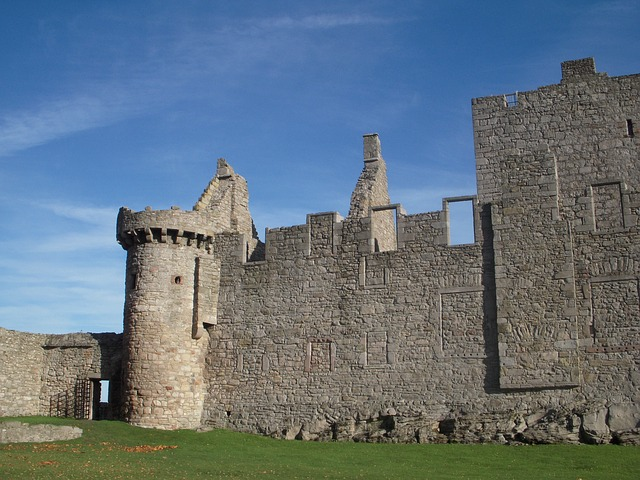
Best Hotel To Stay At In Edinburgh – The Balmoral Hotel
The Balmoral Hotel is a world-famous, five-star hotel, which first opened in 1902. Located in the heart of the city, it offers stunning views of Edinburgh that perfectly complement its incredible Victorian and Scots Baronial architecture, iconic clocktower, and elegant décor.
Each of the rooms boasts luxurious features, such as marble bathrooms and lush furniture, as well as amenities like interactive TVs, Wi-Fi, and air conditioning. All rooms are also pet friendly and offer incredible views of either the city, Edinburgh Castle, or the surrounding area.
There are a range of dining options offered throughout The Balmoral Hotel, which should have you covered whatever you are craving.
The Michelin-starred Number One restaurant offers gourmet fine dining, while the Brasserie Prince provides a slightly more informal atmosphere. There is even the Palm Court, where guests can indulge in a spot of afternoon tea to keep them going through the day.
If you would rather just stop for a drink, the Bar Prince serves a wide range of exciting cocktails, while SCOTCH offers more than 500 different varieties of Scottish whisky.
The Balmoral Hotel also features a fully equipped gym, pool, sauna, Turkish steam room, and exercise studio, to take care of all your needs, whether you want to relax or work out.
There is even The Balmoral Spa, where guests can indulge in a wide range of beauty and relaxation treatments.
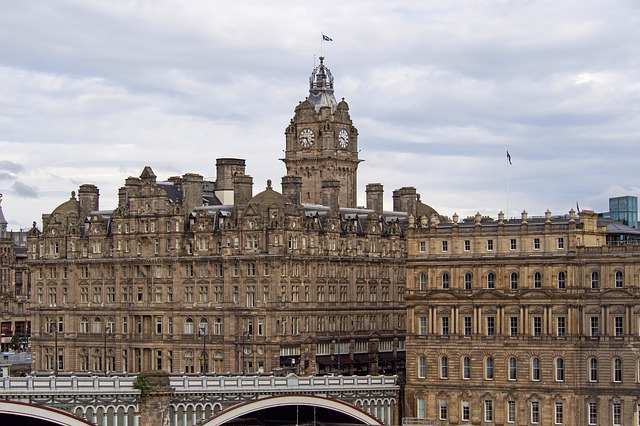
Conclusion
That concludes our list of the 10 best things to do in Edinburgh. From seeing some of Scotland’s most iconic and important locations to sampling some of its finest beverages, you will hopefully now have plenty of options to fill out your Edinburgh itinerary.
However, as many of the attractions and hotels on our list are incredibly popular, it is a good idea to start getting things booked as soon as you know when you are travelling.
That way, you don’t risk missing out on any of the things you want to see the most and can start looking forward to embarking on your own Scottish adventure as soon as possible.
